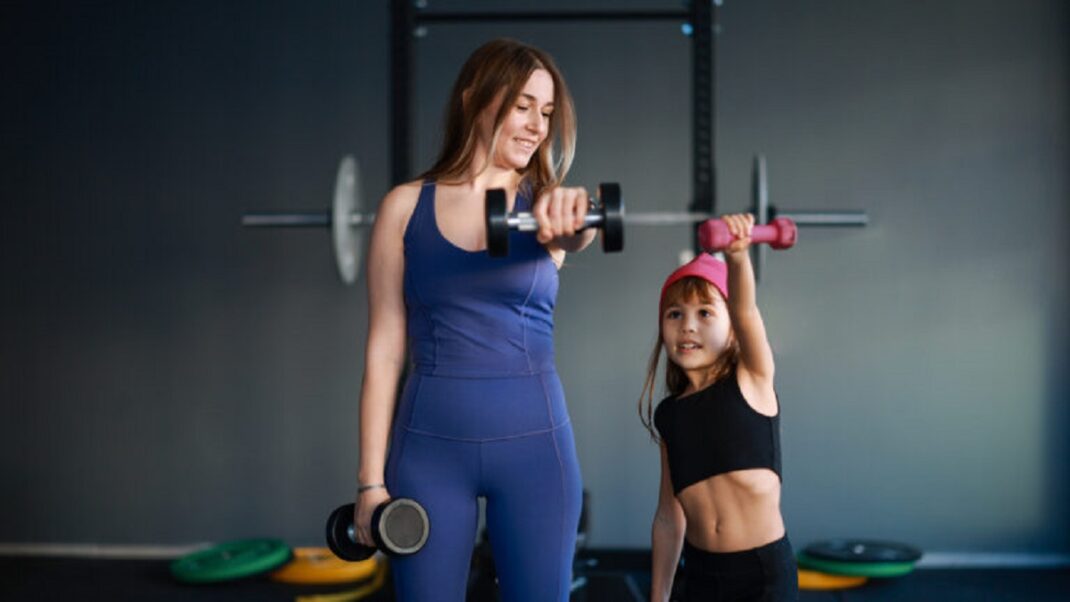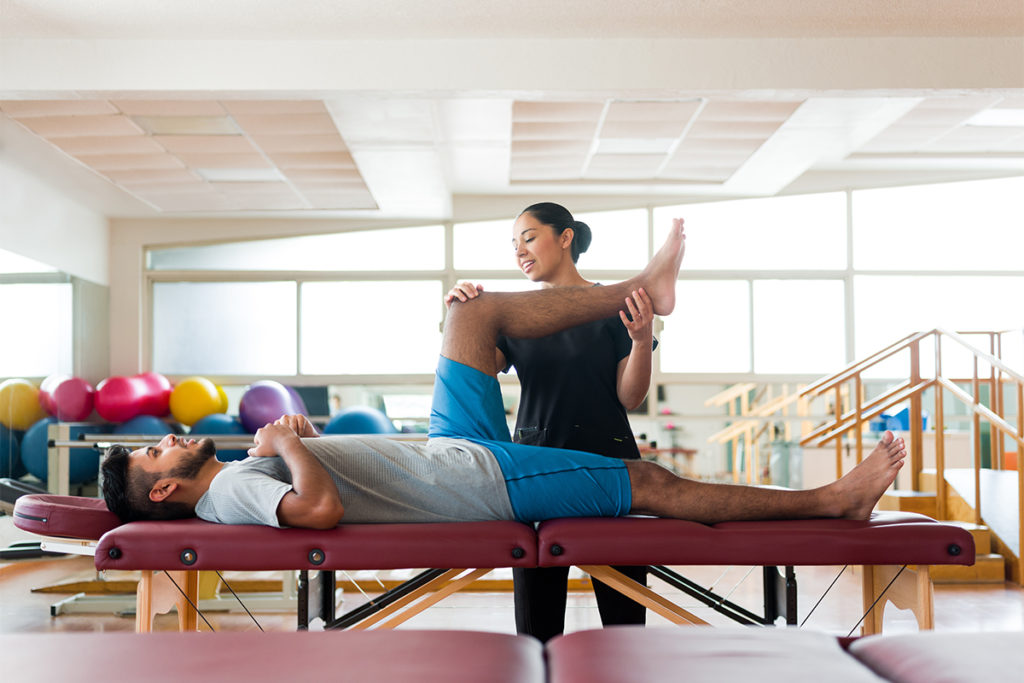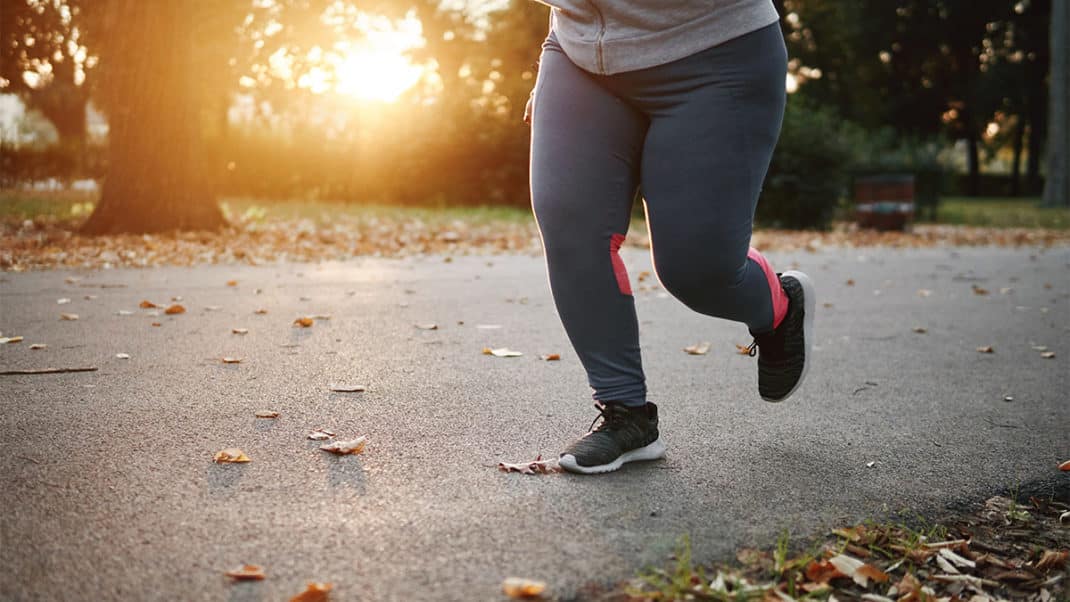Foundations First: A Smarter Start to Strength for Kids

The best way for kids and teens to begin strength training is by focusing on bodyweight exercises and light tools like resistance bands or medicine balls. Early sessions should include 1–2 sets of 6–12 controlled repetitions across the major movement patterns: push, pull, squat, hinge, and carry. Progress should only happen once technique is consistent, ensuring safety and long-term success (SpringerLink, 2023).
Consistency matters more than intensity in the early stages. Two to three non-consecutive training days per week allow time for recovery while building confidence and competence. When strength is taught as a skill, prioritizing proper movement before adding resistance, youth athletes gain both ability and enjoyment (ResearchGate, 2023).
Keeping sessions playful is key, especially for younger athletes. Turning workouts into games, skill challenges, or team-based activities makes training more engaging and sustainable. This approach not only supports physical development but also helps kids associate exercise with fun, laying the foundation for lifelong healthy habits (SpringerLink, 2023; ResearchGate, 2023).
By starting with skills, keeping it light, and making it fun, youth strength training becomes a safe and rewarding pathway to confidence, resilience, and athletic growth.
References
SpringerLink. (2023). Guidelines for youth resistance training. Retrieved from https://link.springer.com
ResearchGate. (2023). Youth strength training: Principles and recommendations. Retrieved from https://www.researchgate.net





